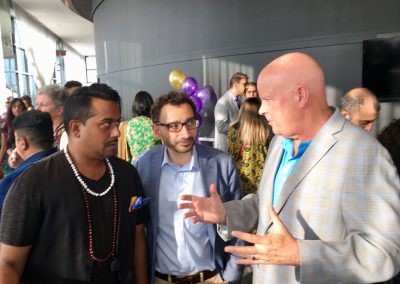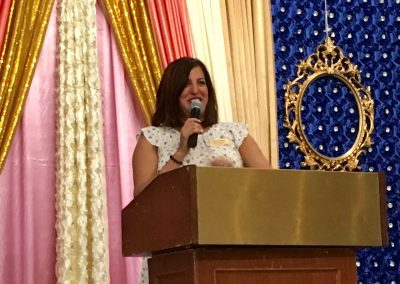
Recent cuts at Ontario Arts Council (see Global News) and Ontario Trillium Foundation (see CBC) by the Ford government have left charities and non-profits in Ontario with reduced options for funding, and increased competition. So what can your organization do to survive in these difficult times?
Here are 5 tips from DoGood Fundraising Solutions to help your organization to thrive in a challenging and competitive fundraising landscape:
1) Meet with your supporters – face to face meetings are essential when seeking large gifts. However, meeting with supporters has multiple benefits for both parties. The meeting results in increased awareness of your organization’s activities, as well as a better understanding of your donor’s needs. This also helps your work to be top-of-mind, for when donors are ready and willing to make a gift.
2) Call your funders – engaging with your funders by reading newsletters and attending engagement events is important. However, most organizations don’t take the time to schedule a meeting with their current or prospective funders. Regardless of whether you have submitted an application or not, funders appreciate a phone call to learn about your project and see if its a good fit. They will often invite you to submit an application, which increases your chance of a successful grant.
3) Promote your work through all marketing channels – social media drives fundraising, and keeps your donors updated. During challenging financial times, its essential to remind your donors that your work is important, and that you need their financial support. A great examples – here’s an image which one of our clients, Studio.89, shared with their donors in a recent email newsletter:

4) Bring heightened awareness to your cause – with increased competition for funding, your organization needs to have a strong presence. An effective strategy can involve calling your local newspaper, online news agency, news channel, or political representative with a large newsletter distribution. Ask if they can visit your organization and capture a story with a call for support. This story could translate to increased interest in your work, and may lead to more financial support for your organization.
5) Get on the radio – when it comes to reaching audiences directly, the radio can still be an effective channel. Find a talk show which your donor audience listens to. Then, reach out and ask if you can be part of a segment to discuss your work. Radio hosts are often looking for more content for their shows, and this can be an effective way to raise funds for your work.
Do you have any other tips or ideas that can help non-profits thrive in our challenging and competitive fundraising landscape? Contact us at [email protected] and you could be featured in a guest post in one of our upcoming newsletters!










